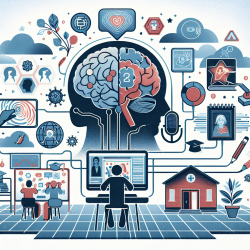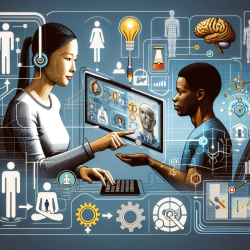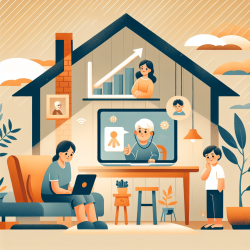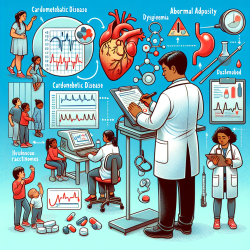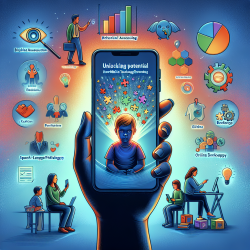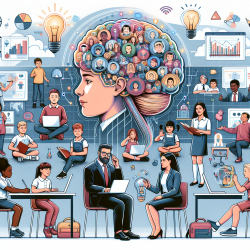Introduction
The COVID-19 pandemic has brought unprecedented changes to work environments, influencing sleep and well-being significantly. A recent study titled Sleep and Well-Being during the COVID-19 Remote and In-Person Periods: Experiences of College Faculty and Staff with and without Disabilities explores these impacts on college faculty and staff, offering insights that can inform better work practices.
Research Findings
The study revealed that the remote work period during the pandemic resulted in better sleep and well-being compared to the return to in-person work. This finding challenges the common perception that remote work is inherently detrimental to well-being. Key observations include:
- Remote work allowed for more flexible schedules, reducing commuting stress and providing more time for personal activities.
- Faculty members experienced more anxiety and stress related to adapting to new technologies, affecting their sleep negatively.
- Individuals with disabilities found remote work to be a beneficial accommodation, improving their sleep and well-being compared to in-person work.
- The return to in-person work brought about increased anxiety due to COVID-19 transmission risks and commuting challenges.
Implications for Practitioners
For practitioners, these findings underscore the importance of considering hybrid work models that combine the benefits of both remote and in-person work. Implementing flexible work schedules can enhance work-life balance, reduce stress, and improve overall well-being. Additionally, providing ongoing training in technological innovations can alleviate anxiety related to remote work setups.
Moreover, institutions should consider remote work as a viable accommodation for individuals with disabilities, as it can significantly enhance their quality of life and productivity.
Encouraging Further Research
While this study provides valuable insights, further research is needed to explore the long-term impacts of hybrid work models on sleep and well-being. Practitioners are encouraged to engage in studies that examine diverse populations and settings to better understand the nuanced effects of remote and in-person work dynamics.
Conclusion
The study highlights the complex interplay between work environments, sleep, and well-being. By leveraging these insights, practitioners can develop strategies that promote healthier work environments, ultimately leading to better outcomes for employees. To read the original research paper, please follow this link: Sleep and Well-Being during the COVID-19 Remote and In-Person Periods: Experiences of College Faculty and Staff with and without Disabilities.




